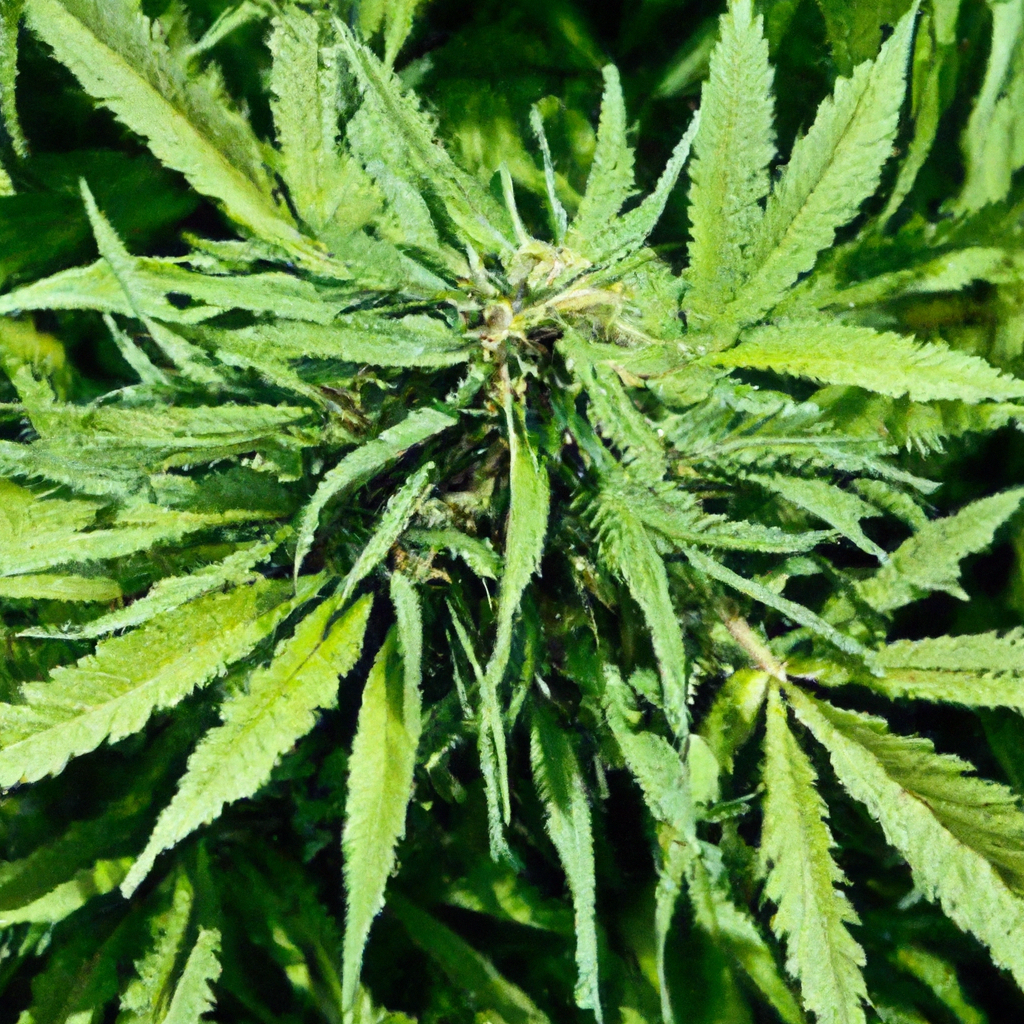Your cart is currently empty!
Discover the fascinating concept of cannabis terroir and how nature influences the unique characteristics of cannabis strains. From climate to soil and beyond, learn what makes each cannabis harvest truly unique.
What is Terroir?
Originally a term used in the wine industry, terroir refers to the environmental factors that affect crop growth. In cannabis cultivation, this concept encapsulates everything from climate and soil type to the geographical features of the land. The synergy of these factors contributes to the aroma, flavor, and potency of cannabis plants, essentially giving them their unique ‘terroir signature.’
Climatic Influence
Climate is a major player in shaping cannabis characteristics. Here’s how different climatic conditions influence the plant:
- Tropical Climates: Ideal for sativas. Warm temperatures and high humidity levels help highlight citrus notes in strains such as Lemon Haze and Tangerine Skunk.
- Temperate Zones: Often favor hybrid strains. The balance between warm days and cool nights accentuates the complex flavor profiles found in strains like Blue Gelato.
- Arid Regions: Apt for indicas such as Northern Lights and Purple Kush, where dry air reduces the risk of mold.
The Role of Soil and Geology
The richness of the soil plays a crucial role in the growth and flavor of cannabis plants. Different soil compositions can affect the nutrient uptake, thereby influencing the plant’s cannabinoid profile and growth rates. Some specific soil types include:
- Loamy Soil: Often considered the best for cannabis due to its balanced texture, fertility, and aeration qualities.
- Sandy Soil: Allows for quick drainage, suiting areas with heavy rainfall, and enhances the production of aromatic terpenes.
- Clay Soil: Holds nutrients well but requires proper management for aeration and drainage.
Elevation and Sun Exposure
Higher elevation farms benefit from more intense sunlight and cooler nights, yielding plants with higher resin production and more vivid flavors. The direct relationship between sun exposure and UV levels enriches the terpene content, enhancing strains with notes of berry and citrus.
Proper light management increases yield and quality simultaneously. Techniques such as positioning fields at optimal sun angles or using trellis systems can make a significant difference.
Conclusion
The terroir concept proves that no two cannabis growing regions are the same, as nature artfully stamps its signature on every harvest. From climate to soil variation, the intricate dance of environmental factors results in a rich diversity of cannabis experiences. Understanding terroir not only enriches our appreciation of cannabis but also helps growers make more informed cultivation decisions.
By exploring cannabis terroir, we invite a deeper connection to the plant and a broader understanding of its complex characteristics.
Tags: Cannabis Cultivation, Cannabis Education, Terpenes, Environmental Impact, Organic Growing
Discover more from Magic Clones
Subscribe to get the latest posts sent to your email.


Leave a Reply